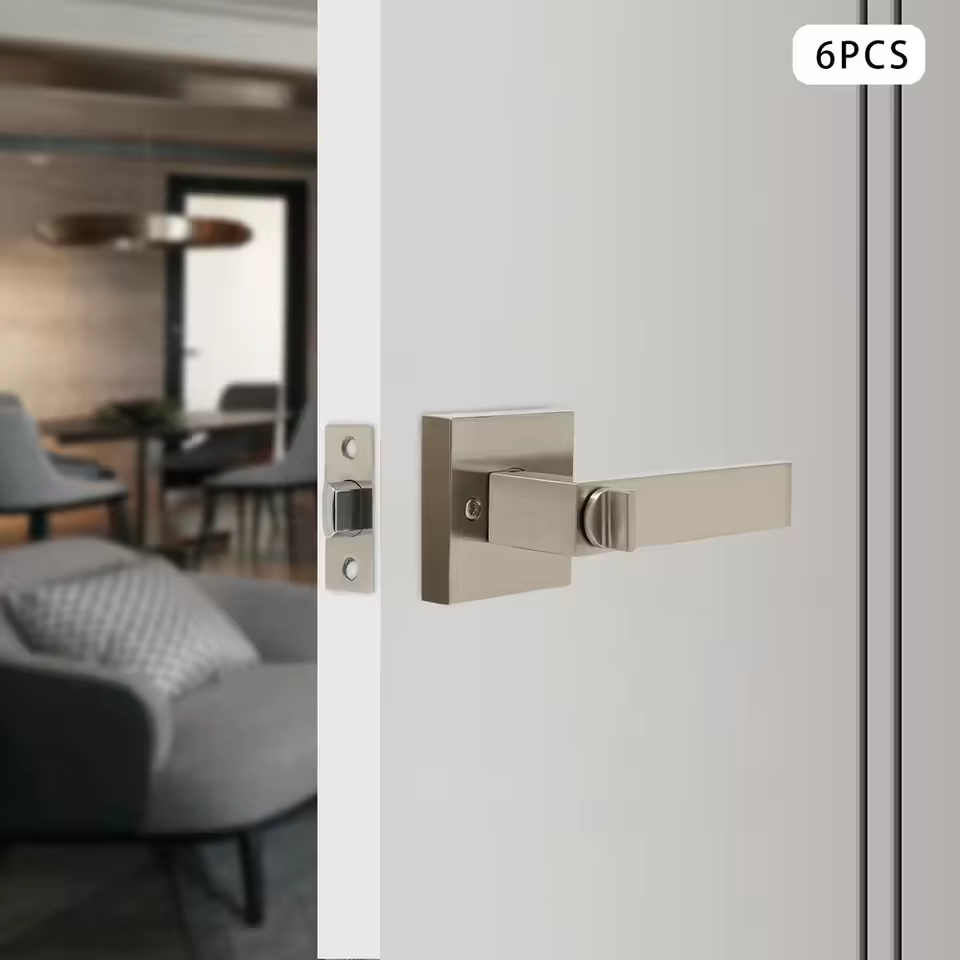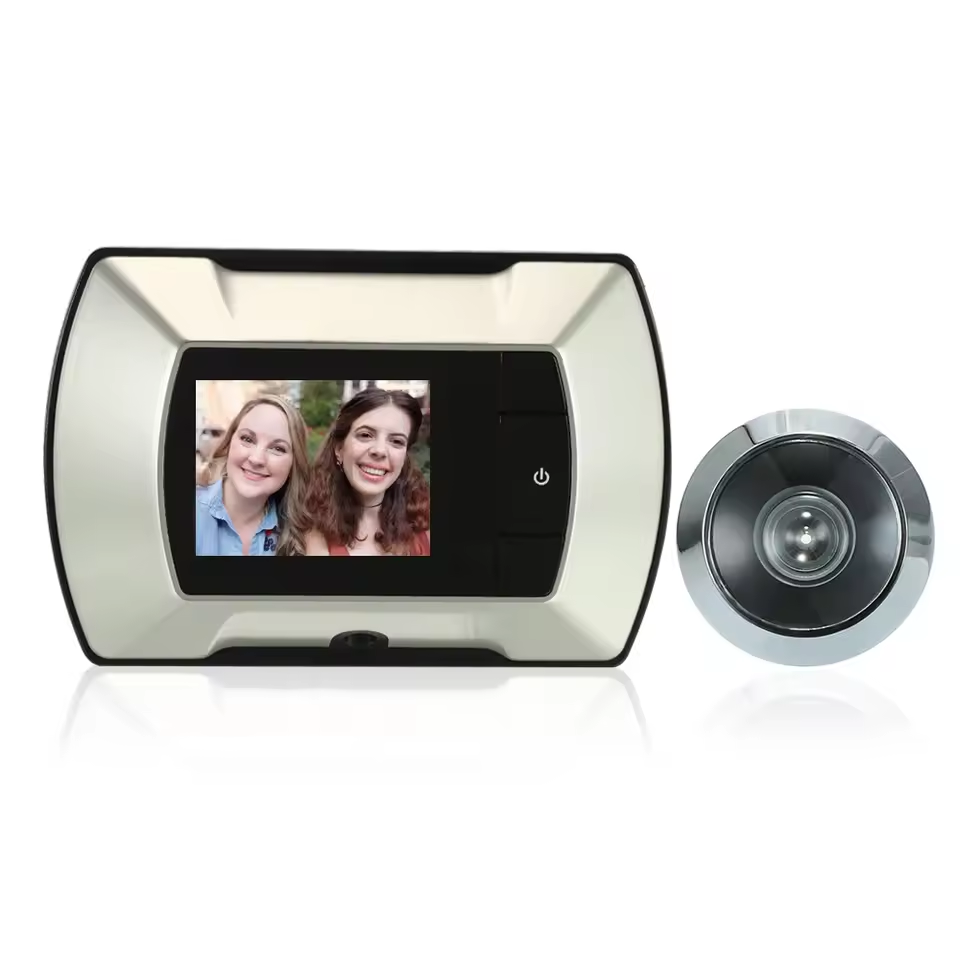What is a Door Jamb Security Plate?
A door jamb security plate is a metal strip. It reinforces door frames. It makes doors more resistant to forced entry. It’s a part of home security. This plate strengthens the weakest point of the door. Intruders often kick doors at the jamb. A security plate makes this harder. It’s installed on the door’s side where the lock engages. The plate comes in various materials. These include steel and other hard metals. It covers the door jamb and the door edge. It can be used on both exterior and interior doors.
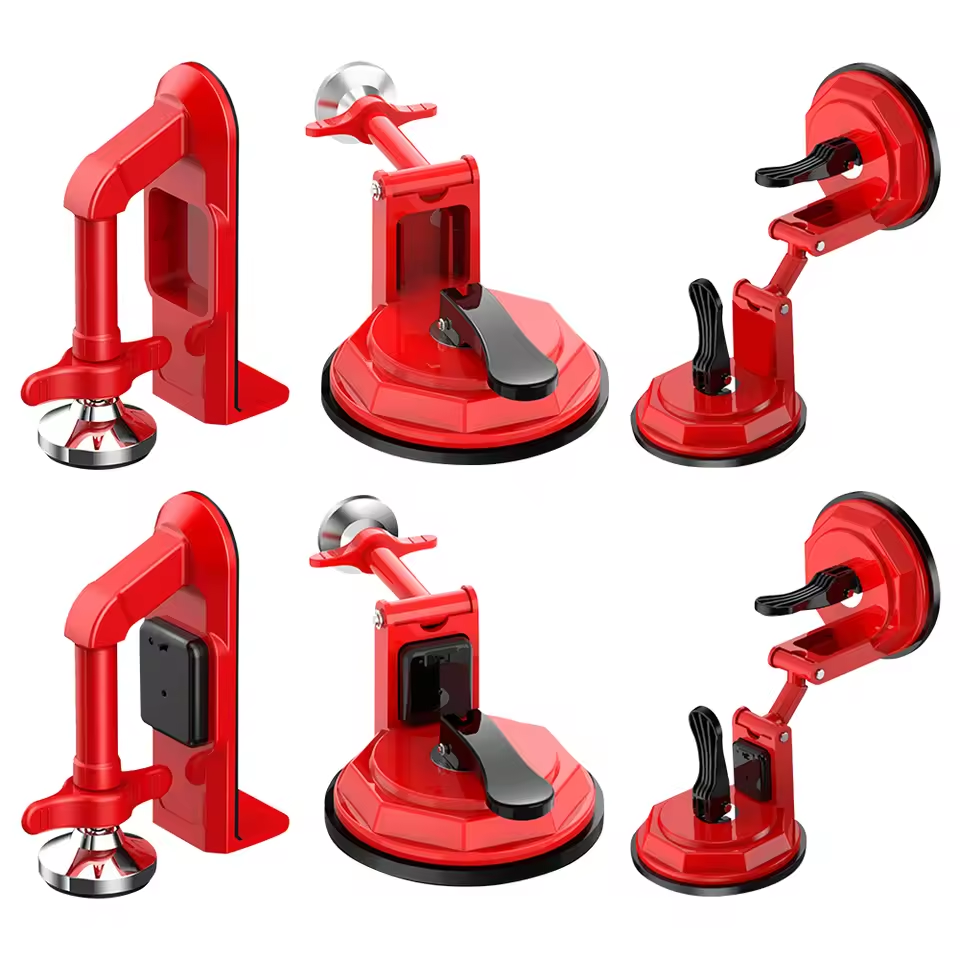
Importance of Door Jamb Security in Home Safety
Door jamb security is key for home safety. It helps prevent break-ins. A strong door jamb deters intruders. They often target this weak spot. A door jamb security plate makes their job hard. It’s a simple upgrade with big impact.
Strong security plates resist force. They can withstand kicks and shoulder slams. Thieves know this. They often move on to easier targets. Your home stays safer as a result.
Safety isn’t just about preventing theft. It’s also about protecting family. A secure door jamb plate can give peace of mind. Knowing your doors are fortified soothes worries. It keeps out not just people, but elements too. In storms, a reinforced plate can keep doors intact.
Home safety is a top priority for many. Adding a door jamb security plate is a wise choice. It’s a small step. It has a big effect on your home’s security. Keep your loved ones safe. Consider installing a security plate today.
Different Types of Door Jamb Security Plates
There are several types of door jamb security plates to consider for enhancing home safety. Each type offers different levels of security and durability, making it important to choose the one that best suits your needs.
Standard Steel Plates
Standard steel plates are the most common. They are tough and resist force well. They come in various sizes to fit different door jambs.
Heavy-Duty Strike Plates
These plates are thicker than standard ones. They offer more resistance to force. They often have longer screws for extra strength.
Reinforced Strike Plates with Extra Screws
Some plates come with added screws holes. This allows you to secure them with more screws. More screws mean better resistance to force.
Wrap-Around Plates
Wrap-around plates cover more of the door jamb. They wrap around the edge of the door too. This provides more coverage and security.
Decorative Plates
These plates add an aesthetic touch along with security. They come in different designs and finishes. Choose one that matches your door’s style.
When choosing a door jamb security plate, think about your home’s specific needs. Consider the door’s location and the level of security you’re after. A right plate can add both safety and value to your home.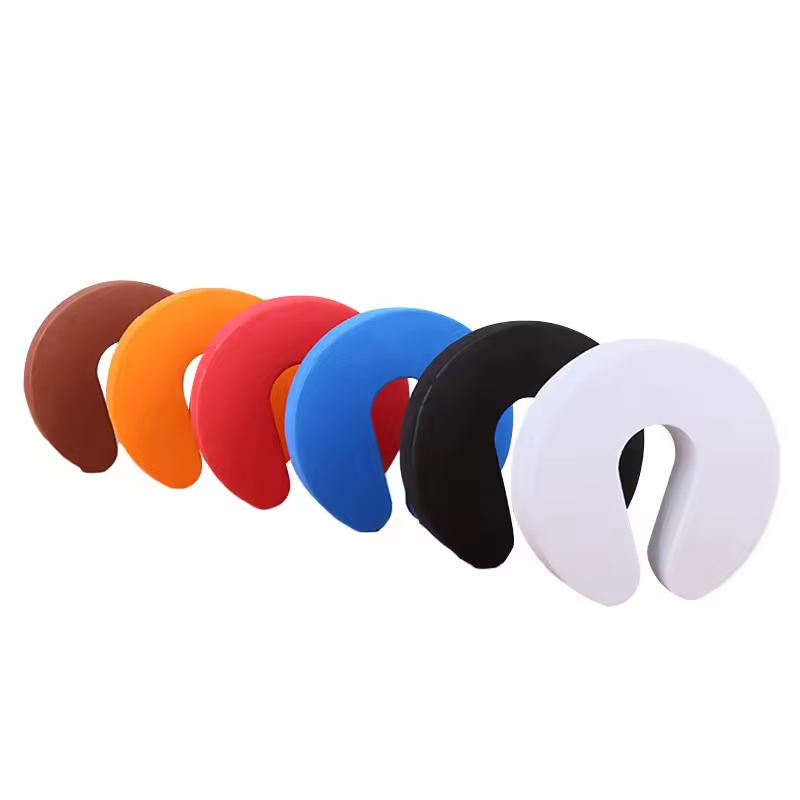
How to Install a Door Jamb Security Plate
Installing a door jamb security plate can significantly boost your home’s safety. Here’s a step-by-step guide to help you through the process.
Gather Your Tools and Materials
Before starting, ensure you have all necessary tools and materials. You will need a new door jamb security plate, a screwdriver or drill, and screws. Some plates come with screws, but check their length. Longer screws provide better security.
Remove the Current Plate
Open your door and locate the existing plate on the jamb. Use your screwdriver or drill to remove the screws. Gently take off the plate.
Position the New Plate
Place the new door jamb security plate where the old one was. Make sure it aligns with the lock and handle holes. It should sit flush against the jamb.
Mark Screw Holes
With the plate in position, use a pencil to mark where new screws will go. Extra screws improve security. Ensure the plate is level when marking.
Drill Pilot Holes
Before inserting the screws, drill pilot holes. These should be slightly smaller than the screw’s diameter. This makes driving the screws easier and prevents wood splitting.
Secure the Plate
Align the plate with your pilot holes. Start securing the screws. Don’t tighten them all at once. Adjust the plate as needed to ensure it’s straight.
Test the Door
Once all screws are in and tight, test the door. Make sure it closes and locks smoothly. The security plate should not obstruct the door’s function.
Install door jamb security plates with care. This ensures the highest level of safety for your home. Always choose a plate that fits your door properly and secure it with strong screws.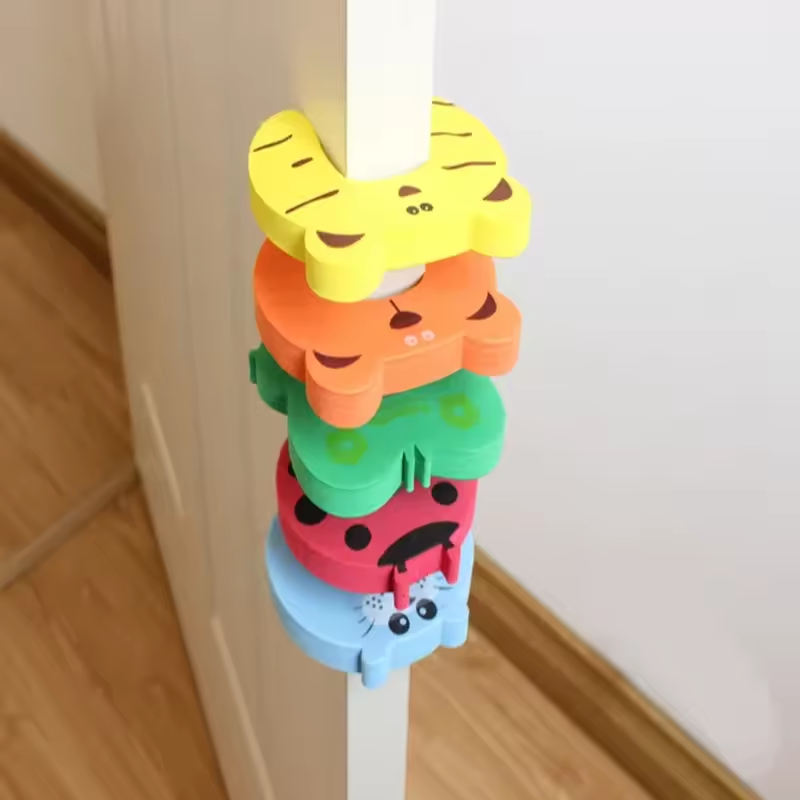
Key Features to Look for When Choosing a Security Plate
When selecting a door jamb security plate, there are essential features to consider. These will ensure you choose a plate that offers the best protection for your home.
Material Quality
The first thing to check is the material. Look for hard metals like steel. These materials resist force well and offer long-lasting use.
Size and Fit
Choose a plate that fits your door jamb perfectly. A poorly fitted plate can compromise security. Measure your door jamb before buying a plate.
Screw Length
Long screws anchor the plate better. They provide more strength. Ensure the screws are at least 3 inches long. This means they grip the wall studs, not just the jamb.
Additional Security Features
Some plates have extra security features. Look for options with anti-tamper screws. Reinforced strike plates offer even more resistance.
Design and Finish
Ensure the design does not compromise security. But also consider style. You may want a plate that blends with your door’s design. This can also add to your home’s aesthetic.
Ease of Installation
Think about how easy it is to install the plate. Some security plates require professional installation. Others come with simple instructions for DIY projects.
Make wise choices when choosing a door jamb security plate. Look for quality, size, and extra features. Picking the right plate enhances your home’s security greatly.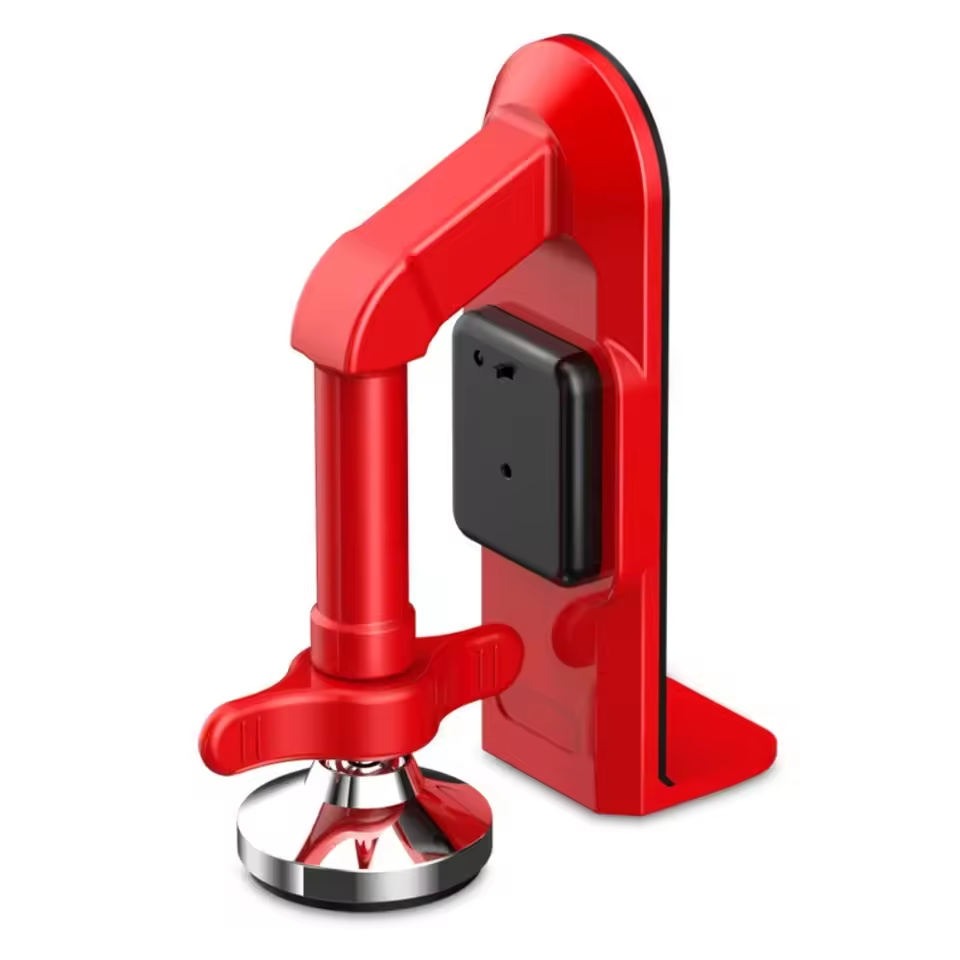
Pros and Cons of Installing Door Jamb Security Plates
Installing a door jamb security plate comes with advantages and disadvantages. Consider these before making a decision.
Pros
- Increased Resistance to Forced Entry: A security plate significantly strengthens your door frame.
- Easy to Install: With basic tools, many homeowners can install these plates themselves.
- Cost-Effective: Compared to other security upgrades, these plates are affordable and effective.
- Peace of Mind: Knowing your doors are more secure can decrease stress and worry.
- Aesthetic Options Available: Decorative plates can enhance the look of your door while securing it.
Cons
- Limited Security: These plates enhance door security but are not foolproof.
- Requires Correct Installation: For maximum effectiveness, the installation must be perfect.
- May Require Door Adjustments: Some doors might need tweaking to accommodate the plate.
- Potential Rust Over Time: Metal plates can rust, which may weaken them.
- Visible Hardware: Screws and plates can be visible, which might not appeal to everyone.
Weigh these pros and cons when considering a door jamb security plate. It can help make your home safer but think about the potential downsides too.
Maintenance Tips for Door Jamb Security
Regular maintenance of your door jamb security plate is essential for ensuring long-term effectiveness and durability. Here are some useful tips to help you keep your security plates in top condition:
- Inspect Regularly: Check your security plates often for signs of wear or damage. Look for loose screws or signs of rust.
- Tighten Screws: If you notice any screws starting to loosen, tighten them promptly. Use a screwdriver to ensure they are snug and secure.
- Clean the Plates: Use a mild cleaner and a soft cloth to clean the plates. This prevents dirt buildup which can cause corrosion over time.
- Lubricate Moving Parts: If your security plate has moving parts, apply lubrication periodically. This helps maintain smooth operation.
- Check Door Alignment: Make sure your door hangs properly. Misalignment can strain the security plate and cause it to loosen.
- Avoid Moisture Exposure: Try to keep the plates dry. Persistent moisture can lead to rust, which weakens metal over time.
- Replace Worn Parts: If a plate shows significant wear, replace it. Worn plates can fail and offer less protection.
- Seek Professional Help: If there are issues you can’t fix, consult a professional. They can provide expert maintenance or replacement.
By following these tips, your door jamb security plate will continue to provide robust protection for your home, and you’ll extend its service life, ensuring your home remains safe and secure.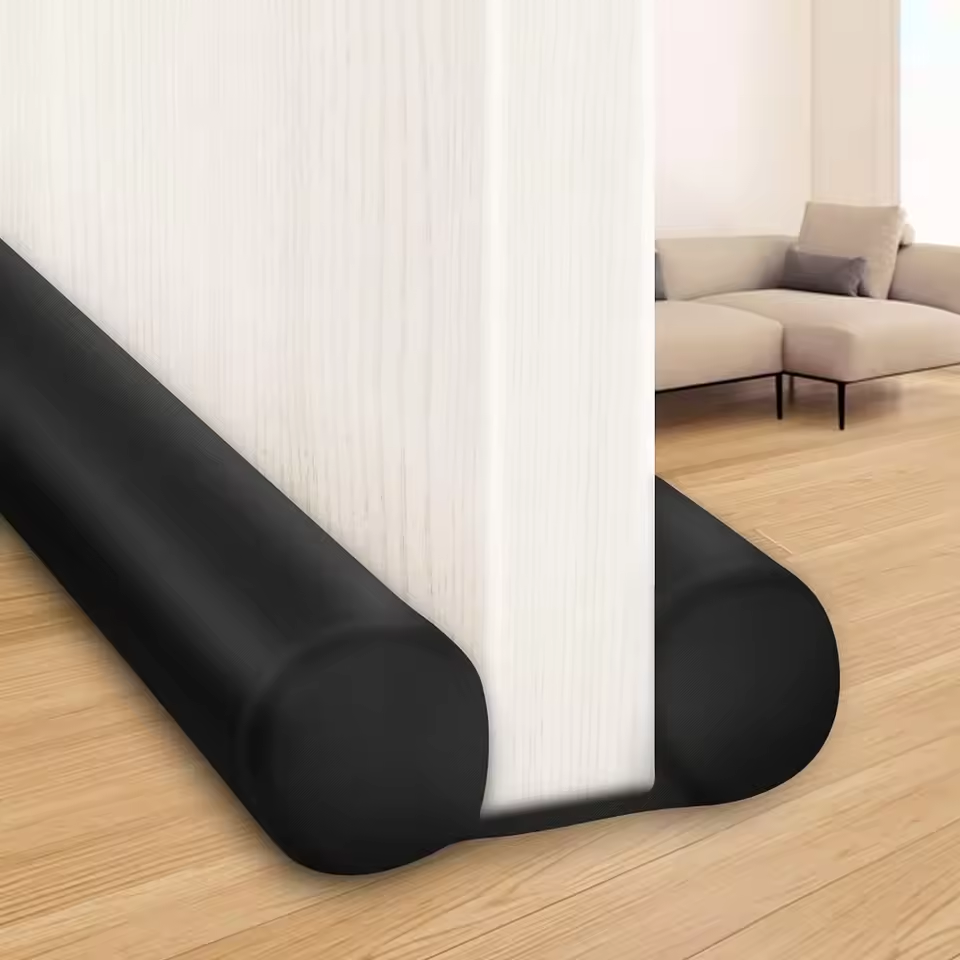
Common Mistakes to Avoid When Using Door Jamb Security Plates
Ensuring the effectiveness of your door jamb security plate requires avoiding common mistakes. Here’s a list of pitfalls to steer clear of:
- Mismatched Size: Don’t choose a plate that doesn’t fit your door jamb snugly. A bad fit can weaken security. Measure first.
- Short Screws: Using screws that are too short is a mistake. They won’t anchor well. Always opt for longer screws, at least 3 inches.
- Poor Material Choice: Avoid weak materials. Strong metals like steel provide better resistance to force.
- Improper Installation: Take care when installing. Follow the instructions. If unsure, get professional help.
- Neglecting Maintenance: Regularly inspect and maintain your security plate. This way, it stays effective.
- Ignoring Door Health: If your door is weak, even the best plate won’t help much. Ensure your door is in good condition.
- Overlooking Design: Don’t sacrifice security for style. But, also pick a plate that complements your door.
- Not Updating When Needed: Security evolves. Update your plates as better ones become available. Stay current with safety.
Keep these tips in mind when using door jamb security plates to enhance the safety of your home effectively.
